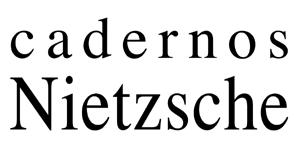Abstract
In Nietzsche’s musical aesthetics, Wagner’s name dominates, progressively rivalled by Bizet’s. Palestrina is certainly much more discreet but no less significant, from Human, All Too human to The Case of Wagner. This article shows the role played by this Renaissance composer, whose work is marked by religiosity, on Nietzsche’s musical aesthetics. At first antithetical to opera culture, which Nietzsche criticizes in The Birth of Tragedy, he also embodies artistic perfection, especially of the medieval choral tradition. Finally, Palestrina represents for Nietzsche an alternative to the Schopenhauerian aesthetic and the triumphant Wagnerism of the 1880s.
Keywords:
Art; music; opera; Wagner; Renaissance
